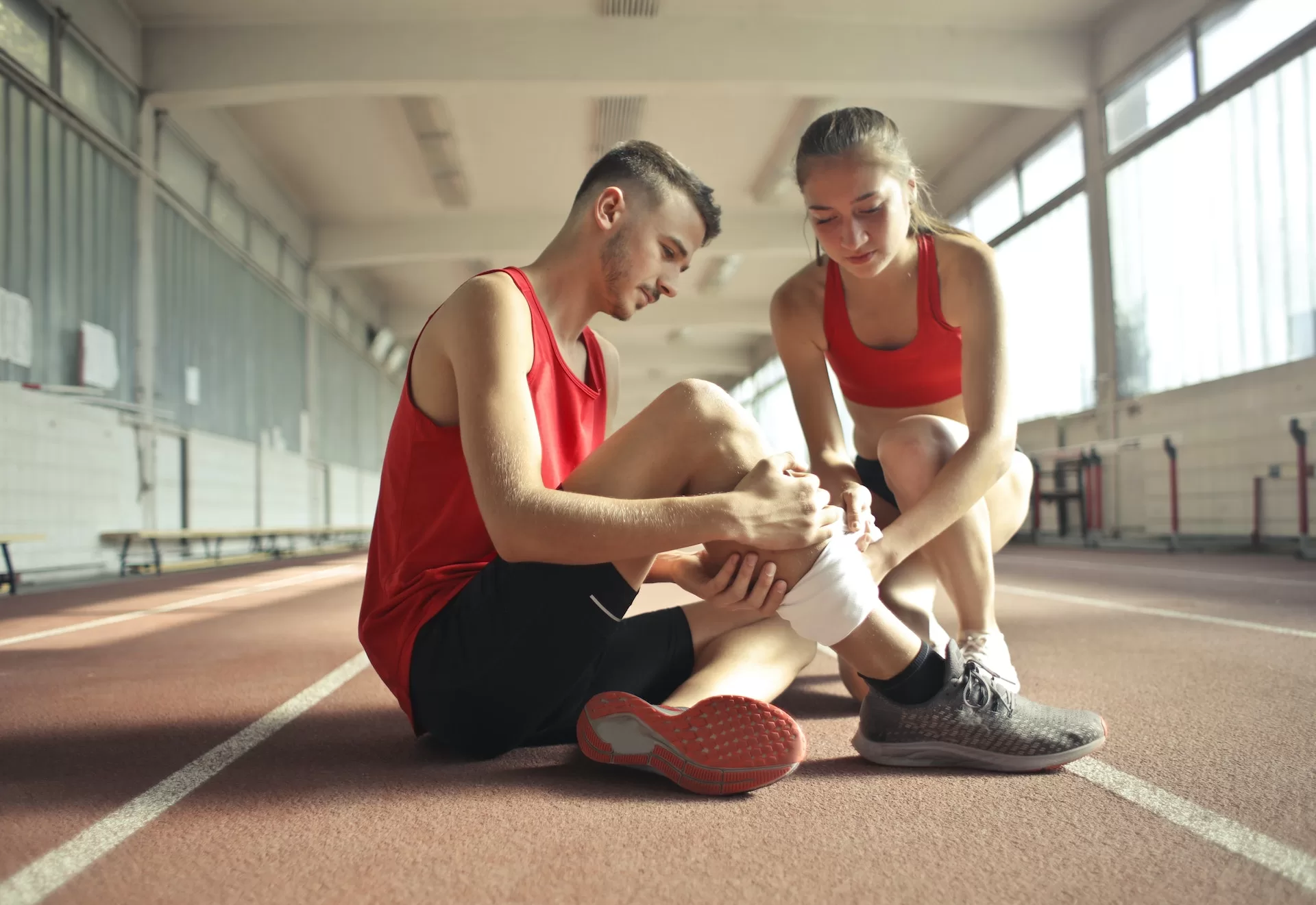While stepping onto the yoga mat, we often don’t make room for the fact that every yogi has their own unique challenges due to their prior experiences and life events. Every body is unique, yet as yogis we possess a shared understanding that there is more to a yoga practice than the physical body–it has more to do with showing up to the present moment and being aware of what is happening on a physiological and psychological level.
This guide will navigate through the important aspects of compassionately understanding the unique challenges of everyone’s body. We will explore how life’s experiences may influence physical movement, the different positions of sports and their influence on particular muscle groups, as well as ways in which we as teachers, as well as practitioners, can better serve and understand our individual differences.
Understanding Life’s Experiences
As yogis, we start to observe each other by seeing differences in our practices and bodies. Life experiences have the potential to fundamentally change us and the way we move through the world each day. How we feel and the way that we respond to various experiences are integral factors in understanding how life experiences may influence physical movement.
Many individuals carry tension and trauma, which affects the way that their body responds to different asanas. The stiffness that is experienced in their poses can be related to past physical injuries, emotional traumas, and psychological traumas, which can manifest in the form of tension, pain, and disconnection.
It is essential that each yogi on the mat is given the opportunity to heal, as many have experienced trauma in their life, making it difficult to take even the most simple of asanas.
For example, many people are traumatized by their lack of connection to the body. This disconnect can be manifested in the body through symptoms of numbness, shortness of breath, or disconnection from the experience of the practice entirely. It is important for teachers to understand that everyone offers something unique to the practice and everyone is coming to the mat with something from their past.
Practitioners can learn to find gradual release from tension in the body, understand their body beyond the physical, and allow space for the whole being to heal.
Understanding Different Sports and their Influence on Muscles
In order to better understand the ways in which life experiences may influence physical movement, it is important to know about the different sports and how they affect the muscles in our body, both positively and negatively.
Different types of sports require various muscle contractions, preparing the body for a wide range of movements. For example, running-related sports, such as running or sprinting, predominantly use the quads, calves, and glutes. This type of movement allows us to utilize our legs while staying upright, which is great for improving overall balance. They can also cause tightness that may make bending forward in a forward fold more difficult.
Meanwhile, sports that require body weight support, such as Crossfit or weightlifting, activate the core muscles and strengthen the arms. This type of activity also has cardiovascular and respiratory benefits, as it requires us to move at a fast pace while also pushing our limits and pushing our breath. Unfavorable results to this quick motion is an inability to hold a yoga position for a long time both in the mind and in the body, as well as rotational issues in the arms and shoulders.
Understanding Our Individual Differences
When these different human bodies come together in a yoga asana class, we are presented with an opportunity to observe our students and their individual experiences. Rather than simply seeing what is happening on the surface level, we must go deeper in order to understand their individual differences. It is not enough to simply recognize whether someone is tight or flexible. We must investigate the reasons behind the physical experience each individual is going through.
For example, a student may struggle to balance during their practice, or be unable to reach a full pose. We need to look deeper into the personal history of the student to explore what may be causing the difficulty. Is it because the student hasn’t had much experience with the particular pose, or because of a mental block due to something from their past?
When we make the effort to find out why certain physical challenges are present, we are then better positioned to give compassionate and effective assistance to our students.
Conclusion
In conclusion, understanding the unique stiffness of everyone’s body is an essential part of the yoga practice. Life experiences, such as physical or psychological traumas, may influence the way we move and experience asanas. We need to be aware that different types of sports may also influence muscle contractions and the amount of flexibility of a particular muscle group. In addition, it is important that as teachers and practitioners we make the effort to understand why certain poses may feel more difficult for certain people and how we can best serve their individual needs. With an open heart and mindful attention, we can create a safe and supportive environment for everyone’s unique healing.

